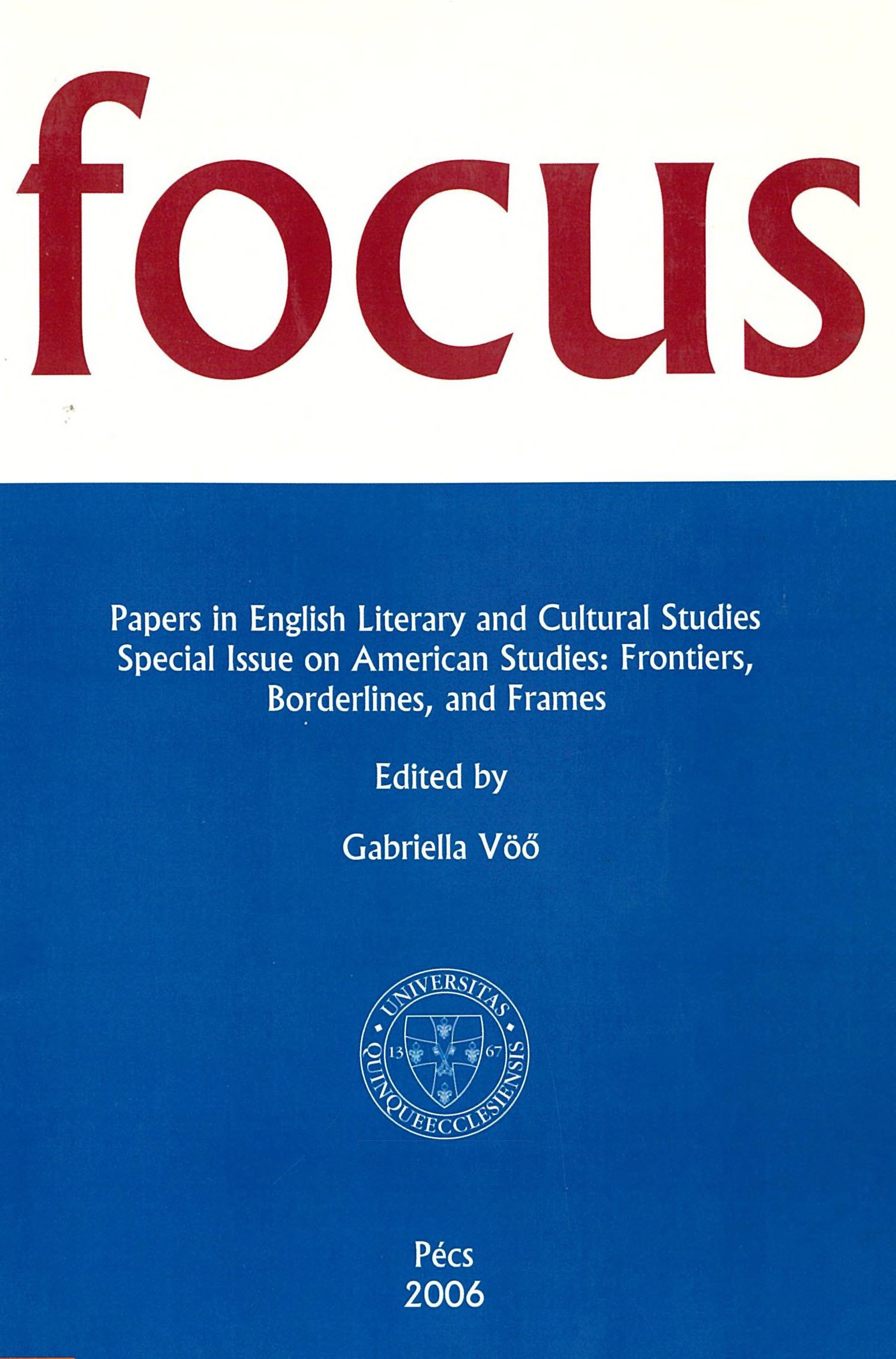From Borderland to No-Man’s Land: The United States, Mexico, and Their Common Border since the End of the Cold War
Abstract
“Frontiers, borderlines, and frames” are issues that have been with us for millennia, not just in literature and the arts, but in the physical world in which we all live. They and the structures that mark them have been facts of human life since the first encounter between two tribes. Derek Williams, a distinguished historian of Roman frontiers claims that “walls” are as old as the idea of property. Fourteenth-century thinkers even conceived of the Garden of Eden as “cut off from the rest of the world by a great mountain or ocean barrier or fiery wall,” so the concept can even be said to date back to the biblical beginning of humankind (Tuchman 60). John Milton, in Paradise Lost (book VI, line 860), also alluded to a celestial wall, describing a “Chrystal wall of Heav’n” (139). Even today, in a period often characterized, perhaps mistakenly, by the word “globalization,” borders and walls remain a significant part of the landscape, artifacts reinforcing the dominant concept of the nation-state.
Downloads
Published
How to Cite
Issue
Section
License

This work is licensed under a Creative Commons Attribution-NonCommercial-NoDerivatives 4.0 International License.
FOCUS: Papers in English Literary and Cultural Studies follows the principles laid down by Creative Commons, which provides guarantees for the Author’s copyright while also ensuring that intellectual properties are made available for the wider public in a digital form. All papers submitted to the journal apply the following licence conditions (indicated on the journal’s website as well as in individual publications):
“© This work is licensed under a Creative Commons Attribution-NonCommercial-NoDerivatives 4.0 International License.”
You are free to:
- Share, copy and redistribute the material included in the journal in any medium or format under the following terms:
- Attribution — You must give appropriate credit to the Author, and indicate the original place of publication [FOCUS: Papers in English Literary and Cultural Studies, Issue nr., page numbers.].
- NonCommercial — You may not use the material for commercial purposes.
- NoDerivatives — You are not allowed to remix, transform, or build upon the material.
- The above conditions must always be indicated if the journal material is distributed in any form.
- The above conditions must always be met, unless a written permission signed by the Author and the Editor-in-Chief states otherwise.

